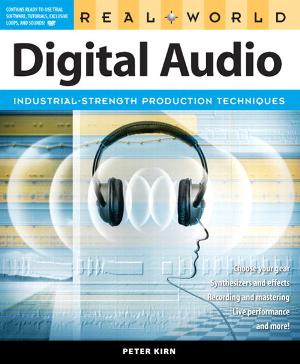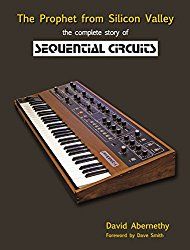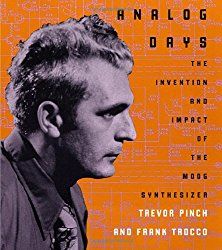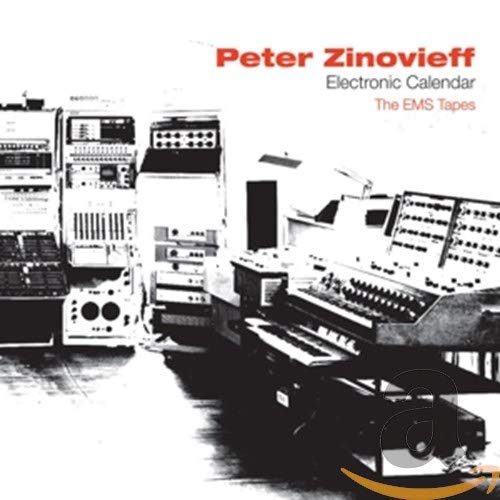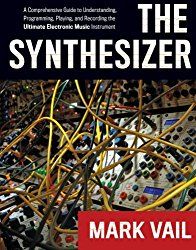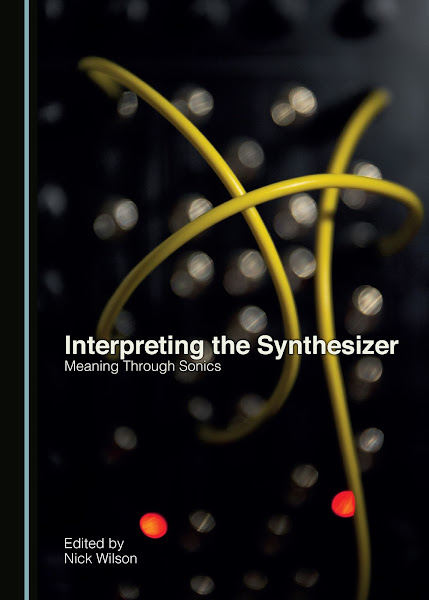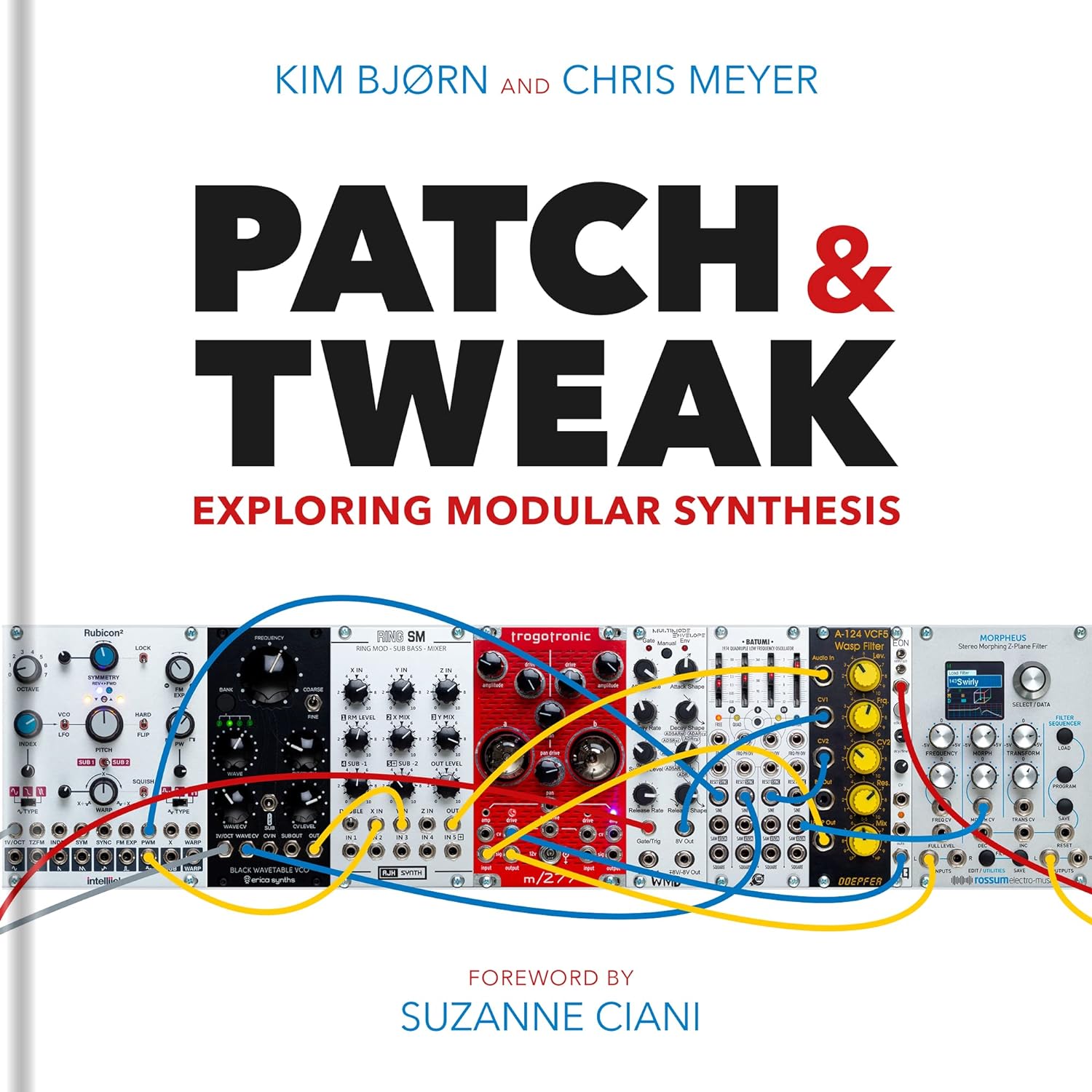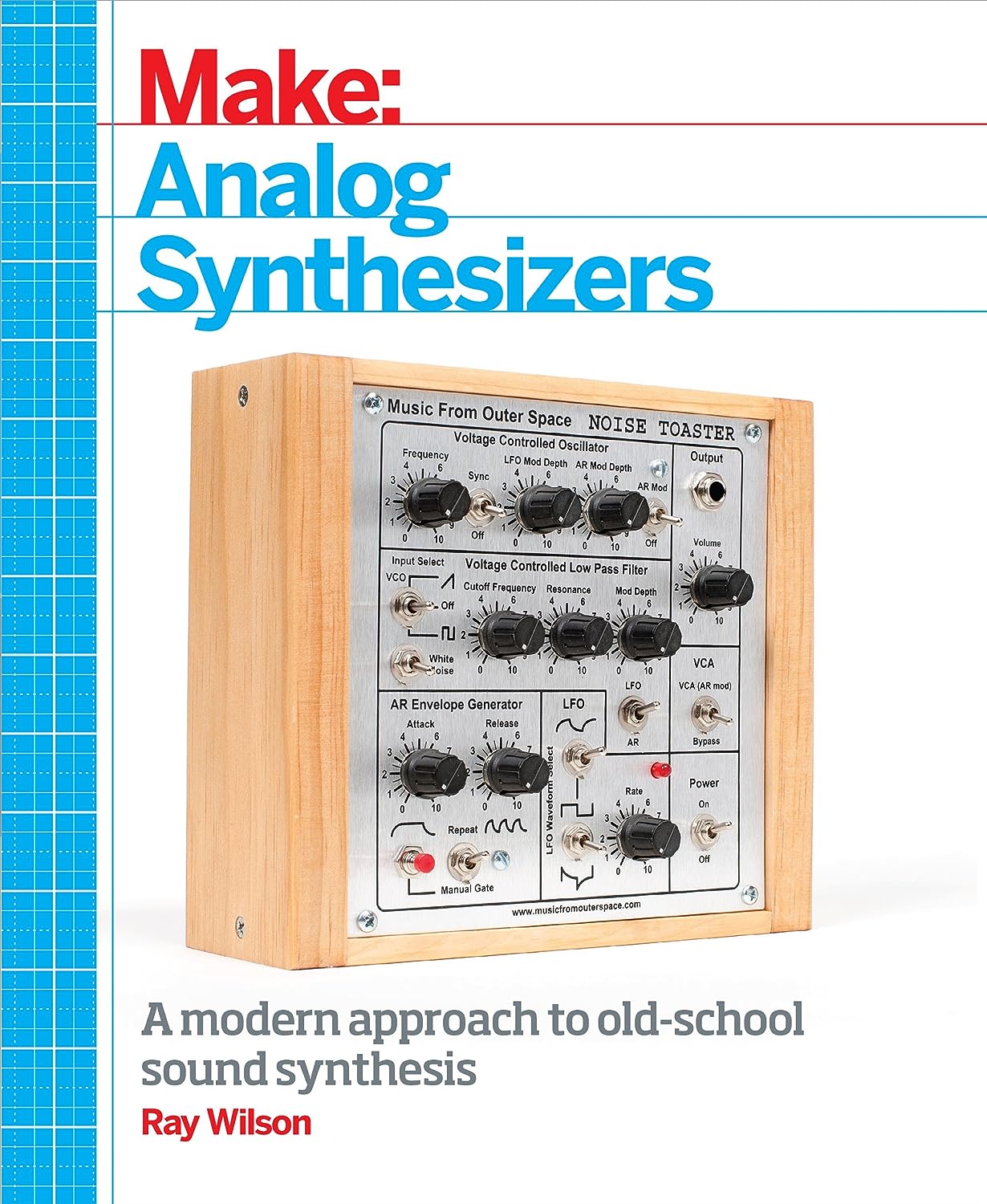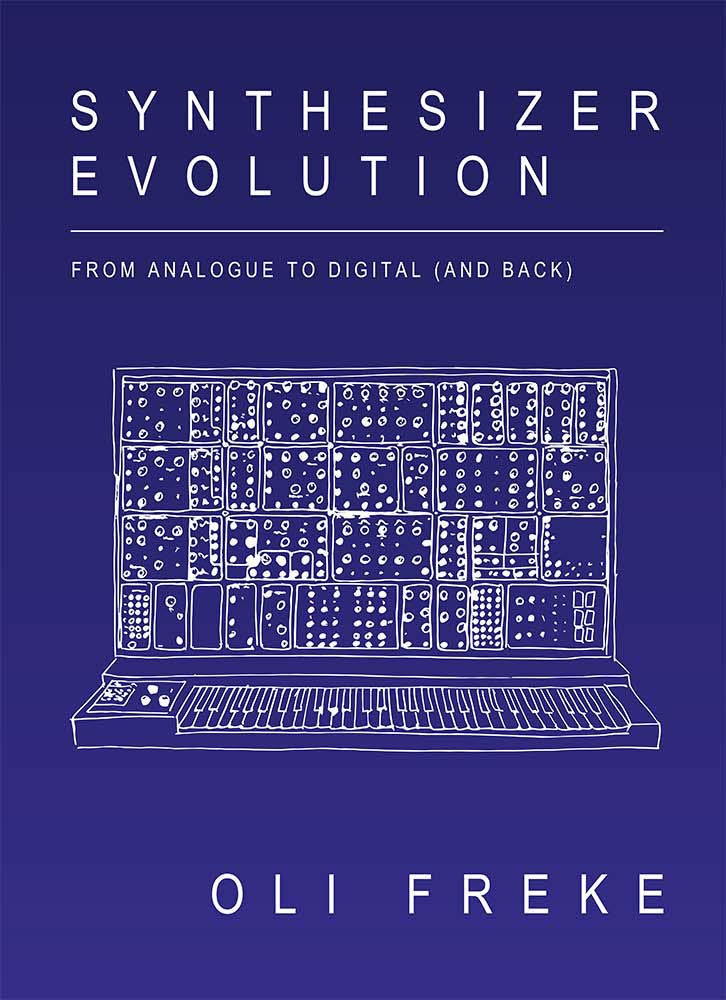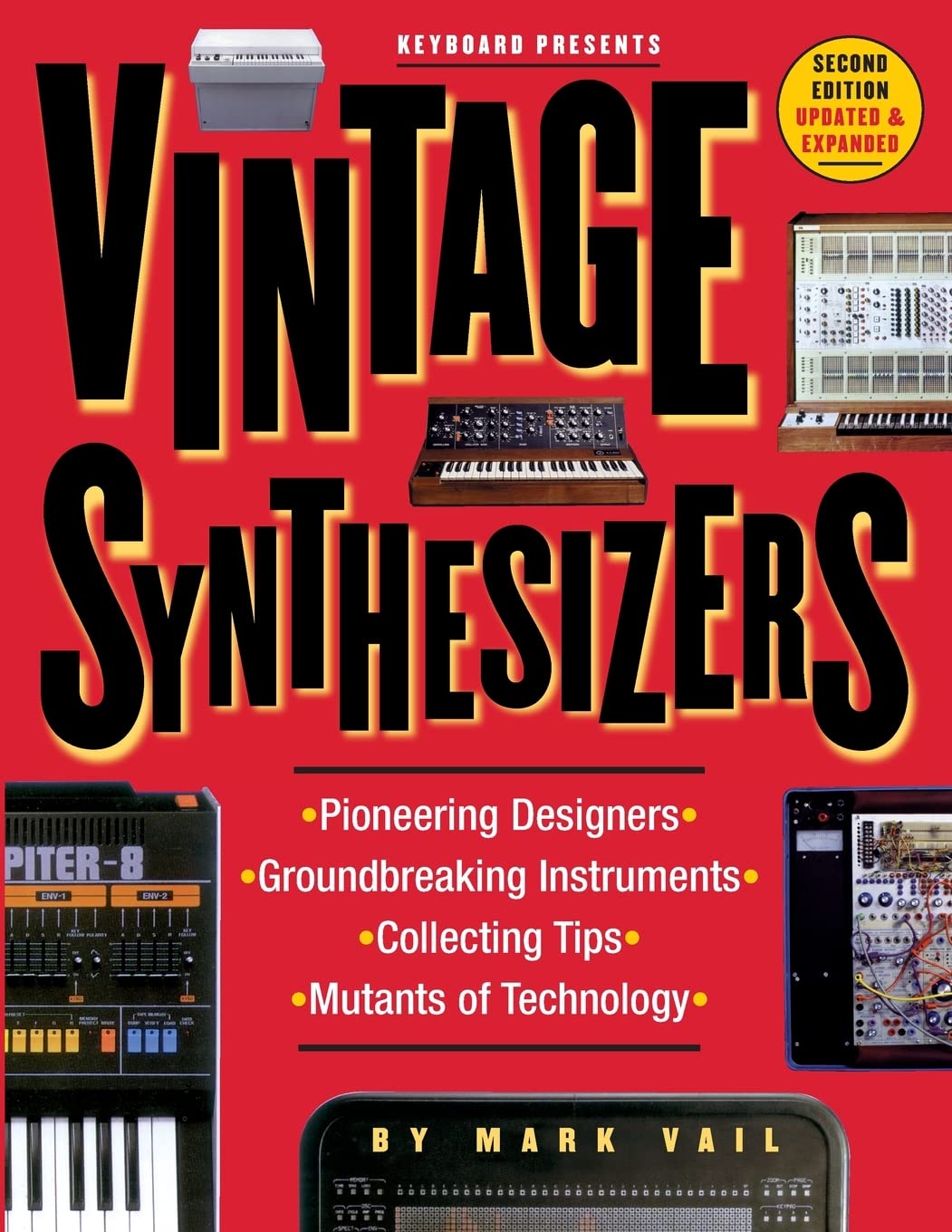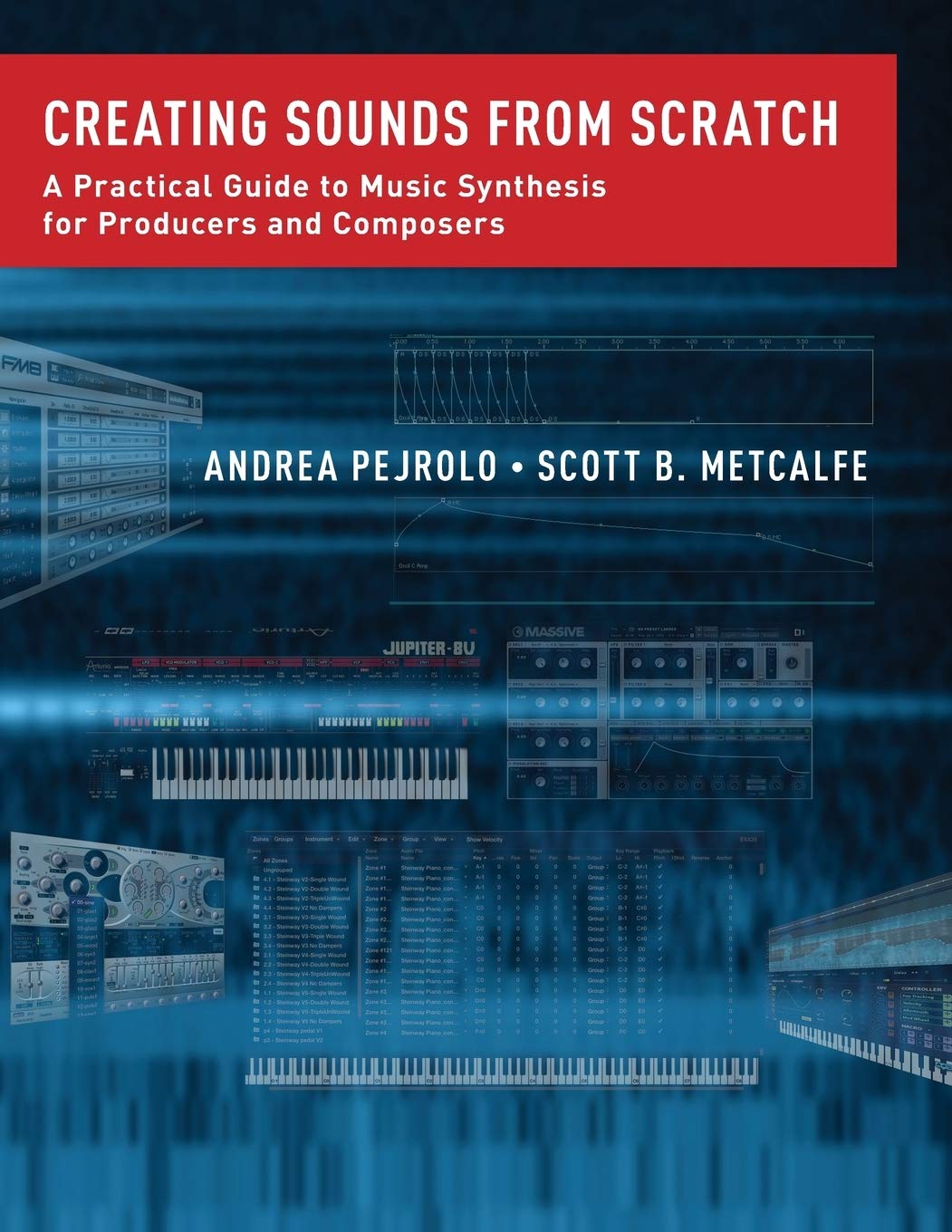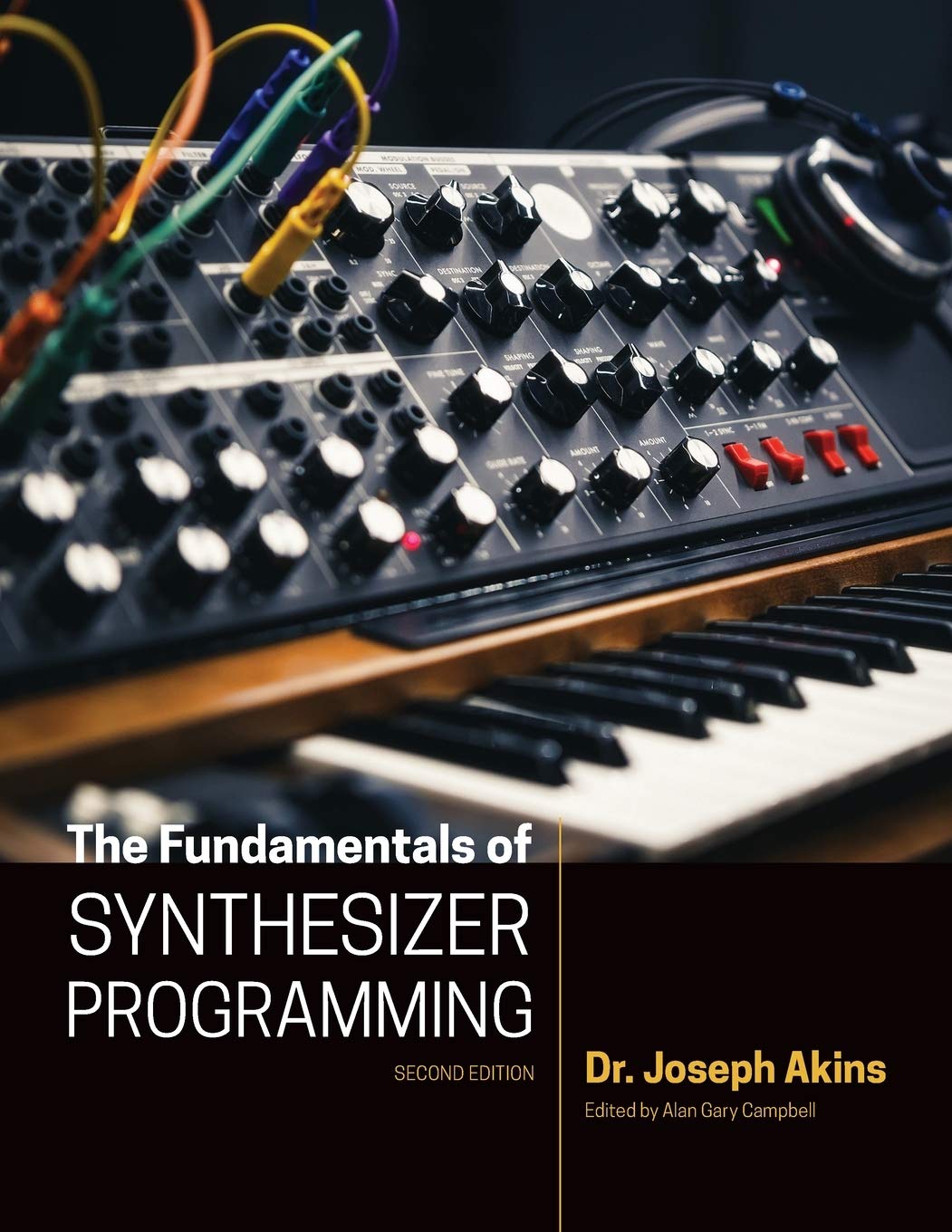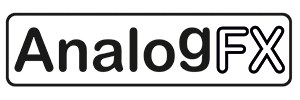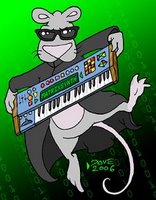 I had another synth dream last night. This time I was out in LA making a trip to Noisebug with my wife. When I get there it turned into me just happening to drive by and noticing it was there. Hey, there's Noisebug, can I check it out!? Followed by a reluctant yes from my wife. :) Odd how dreams work that way. Note I've never actually been to Noisebug, so this was just my imagination. When we get there a guy comes out to our car and while I'm sitting there, I ask him what he has that might be interesting. Drive-up service! He says he has a Waldorf Pulse for $249 and some other things. I ask about the Pulse and he brings it out to me. I decide I must have it even though I already have a Pulse Plus. You can chain them for polyphony. I then convince my wife that I should go in and have a look around. I do and the place is probably a 4500 square foot warehouse, high ceilings like Costco, filled with synths and other electronics. Kind of like a massive or rather mini JRR World in New York but in an industrial flea market type setting. There are a number of shops in the open space. Tons of used synths. I start walking the aisles and see a few Oberheim DXs, OB-Xas and a few interesting Waldorfs. There's an orange XT with custom writing on it and coloring. If I remember correctly there's some 80s digital and DCO based analogs, a DX7, KORG DW8000 and some other random synths. I go to buy my Pulse Plus at one of the counters closest to the entrance and I notice a Yellow Waldorf Q with some red writing on it. It says something about Waldorf and it's in Spanish. Apparently Waldorf made it for one of the hispanic guys in the shop. The guy behind the counter points at him and rolls his eyes. Anyway, I pay for the Pulse Plus and I ask him if he has anything else for such a good deal. He says he has a Roland D50 for $150. I always wanted one so I ask him if I could check it out. I do and it's in fantastic shape. It has a green led type display with operator algorithms. Note the D50 isn't an FM synth. In my dream I wonder what that might be. The pitch benders on it are actually long thin pull tabs but you don't pull them, you press down on them. Kind of like the proportional pitch control on some of the ARP Odysseys but more like thin extended keys that you press down. It was actually pretty nice feeling but somewhat cheap. I tell him I'll take it and he takes it away to prep it for me. I head to another section and there's a Prophet-5 hiding under a card table for $554! My wife is going to kill me. I turn it on and all voices are working but they are out of tune and the keys have graffiti on them from Sharpies. It's also physically shorter than a full size Prophet-5 - about three octaves. I debate on whether I should get it and I think I could really use Stephen of Synthwood.com's help as he definitely knows his Prophets (in real life too!). He says probably not since I have one already. I ask him if he plans to pick it up. :) He says nooooo. The sales guy lets me know the D50 is ready, so I leave Stephen playing the Prophet-5. When I'm walking over to the counter to purchase the D50 the guy says with the additional $50 off, the D50 will come out to $100 and the Pulse is $200. Both are pristine! What a deal! While I'm purchasing them I realize my wife is still in the car!!! She's going to kill me!!! But if I explain the good deal I got, I'm sure she'll understand even though I've been in there for a good 30 to 40 minutes. :)
I had another synth dream last night. This time I was out in LA making a trip to Noisebug with my wife. When I get there it turned into me just happening to drive by and noticing it was there. Hey, there's Noisebug, can I check it out!? Followed by a reluctant yes from my wife. :) Odd how dreams work that way. Note I've never actually been to Noisebug, so this was just my imagination. When we get there a guy comes out to our car and while I'm sitting there, I ask him what he has that might be interesting. Drive-up service! He says he has a Waldorf Pulse for $249 and some other things. I ask about the Pulse and he brings it out to me. I decide I must have it even though I already have a Pulse Plus. You can chain them for polyphony. I then convince my wife that I should go in and have a look around. I do and the place is probably a 4500 square foot warehouse, high ceilings like Costco, filled with synths and other electronics. Kind of like a massive or rather mini JRR World in New York but in an industrial flea market type setting. There are a number of shops in the open space. Tons of used synths. I start walking the aisles and see a few Oberheim DXs, OB-Xas and a few interesting Waldorfs. There's an orange XT with custom writing on it and coloring. If I remember correctly there's some 80s digital and DCO based analogs, a DX7, KORG DW8000 and some other random synths. I go to buy my Pulse Plus at one of the counters closest to the entrance and I notice a Yellow Waldorf Q with some red writing on it. It says something about Waldorf and it's in Spanish. Apparently Waldorf made it for one of the hispanic guys in the shop. The guy behind the counter points at him and rolls his eyes. Anyway, I pay for the Pulse Plus and I ask him if he has anything else for such a good deal. He says he has a Roland D50 for $150. I always wanted one so I ask him if I could check it out. I do and it's in fantastic shape. It has a green led type display with operator algorithms. Note the D50 isn't an FM synth. In my dream I wonder what that might be. The pitch benders on it are actually long thin pull tabs but you don't pull them, you press down on them. Kind of like the proportional pitch control on some of the ARP Odysseys but more like thin extended keys that you press down. It was actually pretty nice feeling but somewhat cheap. I tell him I'll take it and he takes it away to prep it for me. I head to another section and there's a Prophet-5 hiding under a card table for $554! My wife is going to kill me. I turn it on and all voices are working but they are out of tune and the keys have graffiti on them from Sharpies. It's also physically shorter than a full size Prophet-5 - about three octaves. I debate on whether I should get it and I think I could really use Stephen of Synthwood.com's help as he definitely knows his Prophets (in real life too!). He says probably not since I have one already. I ask him if he plans to pick it up. :) He says nooooo. The sales guy lets me know the D50 is ready, so I leave Stephen playing the Prophet-5. When I'm walking over to the counter to purchase the D50 the guy says with the additional $50 off, the D50 will come out to $100 and the Pulse is $200. Both are pristine! What a deal! While I'm purchasing them I realize my wife is still in the car!!! She's going to kill me!!! But if I explain the good deal I got, I'm sure she'll understand even though I've been in there for a good 30 to 40 minutes. :)And that's it! I haven't had a good synth dream in a while. What caused it and why Noisebug? Well... I'm sure it has something to do with that Waldorf Blofeld Keyboard you see here. It just arrived yesterday from Noisebug! My initial impressions? Absolutely fantastic synth. Note, I've only had a little over a few hours with it, so the following impressions are initial. I'm still in the honeymoon phase, but I have spent time with quite a few synths, analog and digital. I'm a bit of a Waldorf fanboy, but not because it's Waldorf. They just make fantastic sounding synths with impeccable design. I do love most if not all synths though. I have a tendancy to look for the good in synths and what each individual synth has to offer vs. looking for what's wrong and/or negatively comparing a given synth to another with obviously more power. That said, here are my initial impressions:
 On the physical design:
On the physical design:Extremely classy looking, superb keyboard and knobs. Solid metal construction. The mod and pitch wheels are light, thin and have little pointers poking out at the mid points. At first I thought they might be a little flimsy, and I wasn't sure how the I'd like them, but so far they feel good. I like them.
 On the interface:
On the interface:Extremely well laid out. I wasn't sure if it would be difficult to navigate, as if you look at the top right you will see that the matrix there only has the most common parameters you might want to edit for each section. How do you dig deeper? Well, with any section selected (indicated by the led on the left of the matrix), you turn the top left knob (photo above) by the display to get to deeper settings. You then use the two knobs under the display to edit. The display BTW, is pretty nice. Anything you edit shows up graphically and changes in real time. Overall the synth is super easy to navigate. The endless knobs are smooth and solid.
On the sound:
Definitely Waldorf but more. Like I said above, I have an XT, Q and Pulse Plus. The XT is a wavetable synth, which means you select a wavetable as a sound source. Think of a wavetable as a spreadsheet holding a single cycle waveform in each cell. Once a wavetable is selected you can then set the cell reference point for each oscillator. You can then apply modulation to that reference point to sweep through the wavetable. You can do this with an LFO, Envelops, aftertouch, the mod wheel, etc. With the XT note that all oscillators share the same wavetable, so there is only one shared across oscillators in a single patch. With the Blofeld you can have a different wavetable for each OSC 1 and OSC 2. With the XT however, if you change wavetables while holding a note down, you will hear the wavetable change. You can get some really cool effects going this way. With the Blofeld the wavetable does not change until the next note is played. Note if you have an arpeggio going on the Blofeld the sound will change. OSC 3 is your standard virtual analog oscillator. Note OSCs 1 and 2 do have virtual analog waveshapes. The Blofeld has the XT wavetables and the Alt 1 and Alt 2 wavetables from the Q. In addition to wavetable and virtual analog synthesis, the Blofeld also has sample based synthesis! The samples act as oscillators to be used as sound sources in the synth engine - think synthesis as the focus vs. sampling. What it does is bring a whole new sound palette to the Waldorf line of synthesis. When I think Waldorf, I think wavetables and VA, now sample based oscillators have been added to the mix. How does it sound? Fantastic! There are some nice organic samples on board including a really nice Nylon guitar patch A014. I did notice a small quirk with this patch though. If you hold down C2 or a couple of notes around it the loop repeats at the end point much like old samplers. It doesn't do this for the rest of the keyboard range and I didn't notice it on other patches. Update: this problem went away after updating the OS. I went from 1.10 incrementally up to 1.13.
As for audio quality, presence and hi fidelity, the synth sounds absolutely amazing. One of my biggest gripes with some virtual analog synths out there is that they can sound somewhat muffled and weak. They are missing that certain boldness and presence you find in many analogs. A bit watered down so to speak. I was curious how the Blofeld would sound in this regard. To my ears it is very, very bold. Possibly more so than the Q rack - almost more "analog" sounding. It's on par with the Pulse and either as bold if not bolder than the XTk. It really has presence.
 Summary
SummaryOverall, I am in love with this synth. For the price, $999 from Noisebug, it is an absolute steel. It is super compact, more so than the Nord Lead, it's built like a tank, has a fantastic interface and the sound is bold and broad. You have virtual analog, wavetable and now sample based synthesis. If this synth came out at the same time as the original Q I could see it going for twice as much. I'd recommend this synth to anyone. It is a great starter synth to learn the basics of subtractive synthesis and you can dig real deep. The interface is a breeze to navigate and the synth engine is extremely powerful in spite of it's price. Highly, highly recommended. Note there have been some bugs reported on the Waldorf list. Waldorf is working on updates, however the current bugs may or may not matter to you.
And.. that's all for now. Synth dreams and a real synth dream come true for me. I love my Blofeld!
I want to give a special thanks to Antonio at Noisebug. He was a pleasure to deal with. I ordered my Blofeld on Tuesday, it was shipped that day, and it arrived on schedule Friday. I was given a tracking number on Tuesday without having to ask and I was able to plan accordingly. I had absolutely fantastic service from Noisebug and can highly recommend them. Note they currently have the Blofeld Keyboard on sale from now until the end of July for $999 which is what I paid for mine. It's one heck of a birthday present. :)
 You can find more pics including box shots here.
You can find more pics including box shots here.Update: soon after I wrote this mini review, I later hooked up the MIDI out on my Blofeld Keyboard and to my dismay it was not working. I had OS 1.10 loaded. Upgrading to 1.11 fixed the problem. I then upgraded to 1.12 followed by 1.13 and the fix stayed in tack. MIDI out is working. I just wanted to note this in the post in case anyone else ran into the problem. You can find the latest updates here. Note, one other person on the Waldorf user forum also had the problem on 1.10 and upgrading took care of it.
